
Leslie R Groves Photos Images de Leslie R Groves Getty Images
General Leslie R. Groves. Lieutenant General Leslie Groves (1896-1970) was a United States Army Corps of Engineers officer and director of the Manhattan Project.In September 1942, Groves was appointed to head the Manhattan Project with the rank of Temporary Brigadier General. As project leader, he was in charge of all of the project's phases,….

Portrait of Major General Leslie R. Groves , head of the Manhattan... Nachrichtenfoto Getty Images
General Leslie R. Groves was the man in charge of the Manhattan Engineer District, best known as the Manhattan Project, through which the United States developed the first atomic bomb. He spent two billion dollars and employed as many as 125,000 people in a project operating in total secrecy. Leslie Richard Groves was born in Albany, New York.

Manhattan Project Spotlight General Leslie R. Groves Nuclear Museum
Cemetery Name: US Army Colonel Leslie Groves, from Albany, New York, was appointed head of the Manhattan Engineer District on September 17, 1942. Upon his appointment to lead this top-secret project, Groves wasted little time getting to work. The following day he acquired 1250 tons of uranium mined from Africa's Belgian Congo.

Way Back When...1896 Westport News
[We would like to thank Robert S. Norris, author of the definitive biography of General Leslie R. Groves, Racing for the Bomb: General Leslie R. Groves, the Manhattan Project's Indispensable Man, for taking the time to read over these transcripts for misspellings and other errors.] General Leslie R. Groves: No, but was entirely different type. He was not the pushing type, he was the.

Leslie Groves (1896 1970) US Army general, overseer of the Manhattan Project that developed
Courtesy of National Archives, Groves, Leslie, "General Groves speaking to the Officers regarding the atom bomb," 1945 Description. General Leslie Grove was the director of the Manhattan Project. In this document, he explained to his soldiers the necessity of the atomic bomb to hasten the end of World War II.
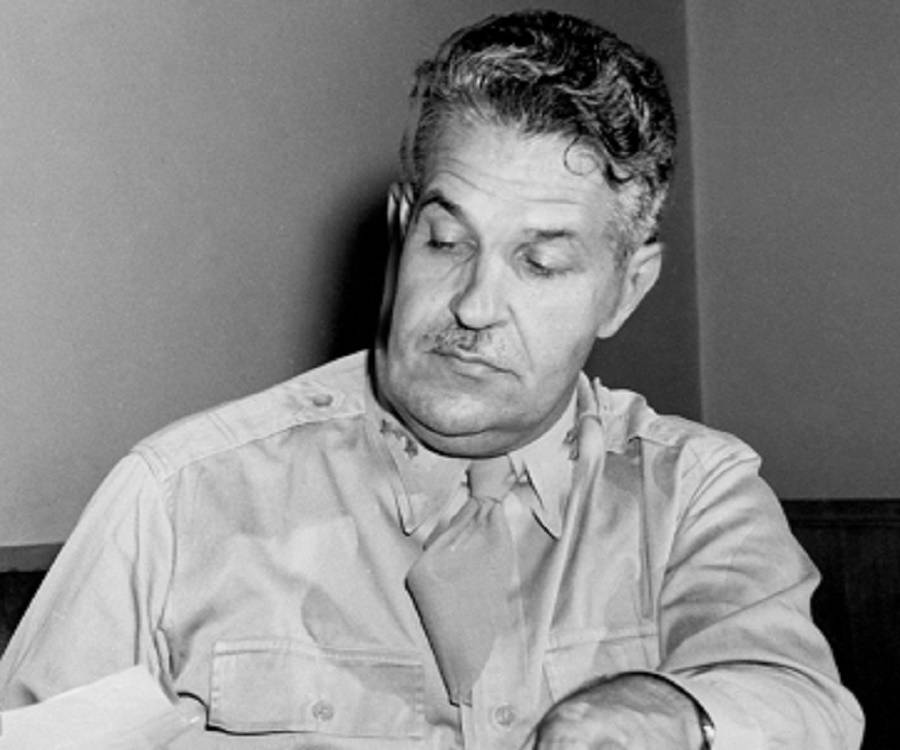
Leslie Groves Biography Facts, Childhood, Family Life & Achievements
Leslie R. Groves oversaw the project. His imposing personality, drive, and administrative knowledge of the Army ensured the project's success. Leslie Richard Groves Jr. was born on August 17, 1896 and learned about Army from a young age. His father Leslie Richard Groves Sr., a Presbyterian chaplain in the Army, introduced core values to his.
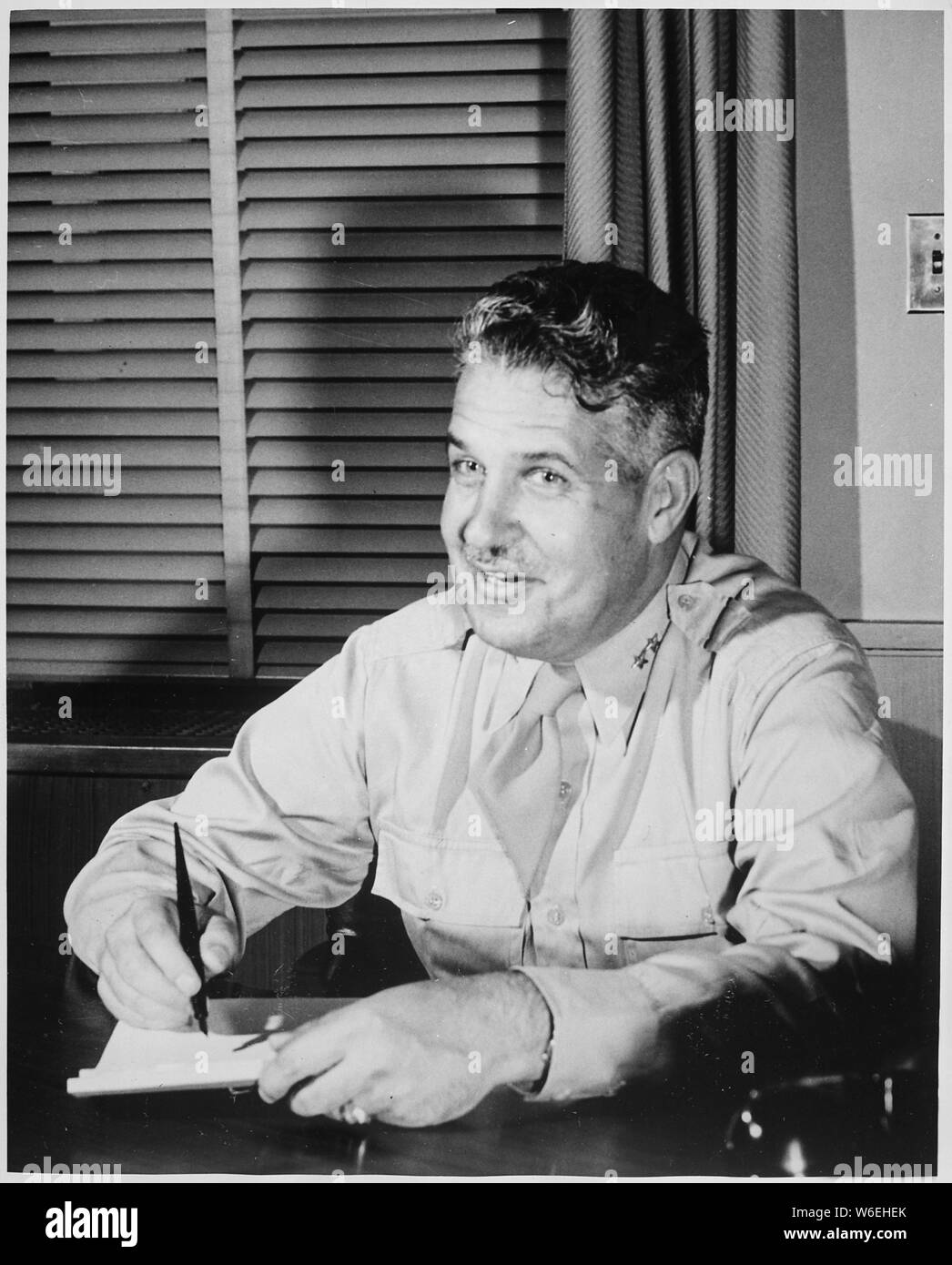
[Major General Leslie R. Groves, in charge of the Manhattan Project.] Stock Photo Alamy
Leslie Richard "Dick" Groves, Jr., a career officer in the Army Corps of Engineers, was tasked with assembling the crucial links between government, industry, science, and the military beginning in September 1942, due to his imposing personality, iron will, and remarkable administrative acumen.. Groves and J. Robert Oppenheimer, the head.
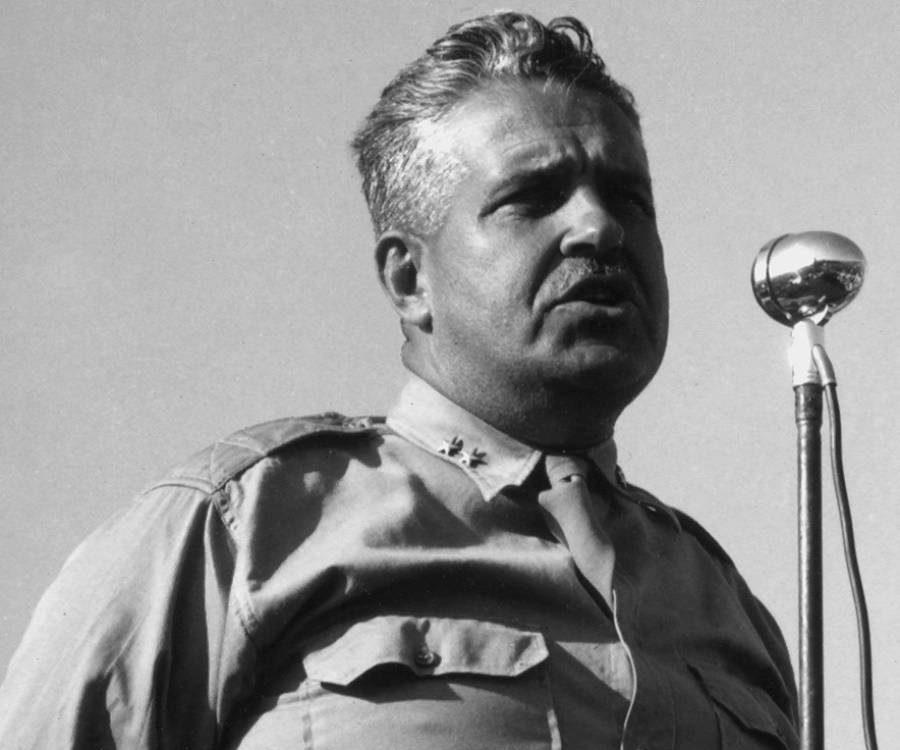
Leslie Groves Biography Facts, Childhood, Family Life & Achievements
The duo of the late General Leslie Groves (1922 - 1970) and Robert J. Oppenheimer (1904 - 1967) were the midwives of the first atomic bomb and the birth of the nuclear age. General Leslie Groves as one of the main actors of those times penned a book that is unbeatably interesting and highly educating. My interest in the book delves from the.
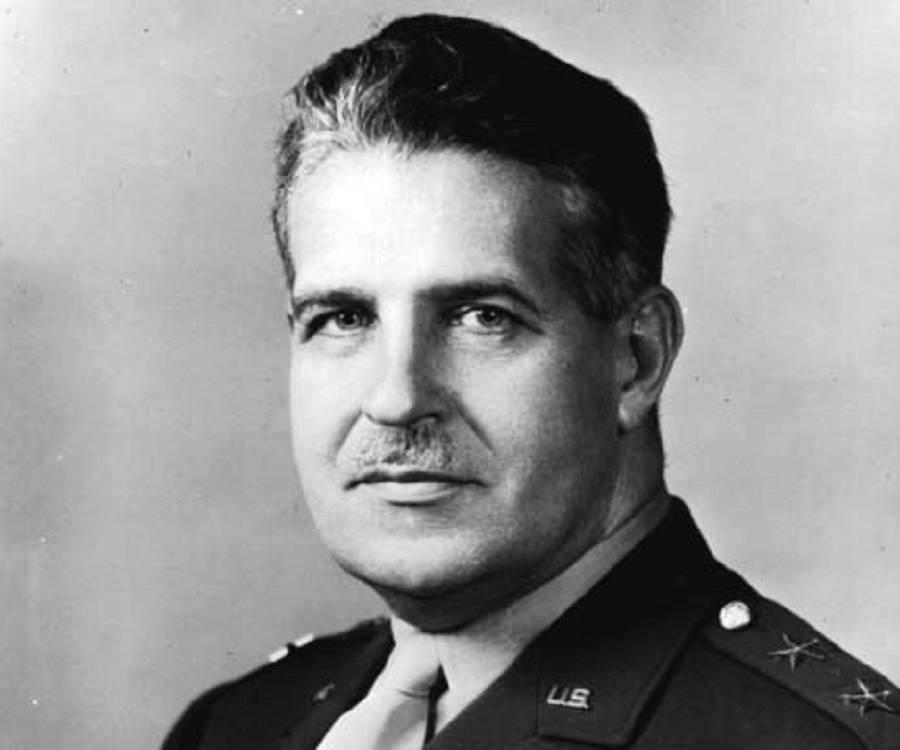
Leslie Groves Biography Facts, Childhood, Family Life & Achievements
Leslie Richard Groves, who was born in Albany on Aug. 17, 1896, was named for his father, a Presbyterian minister who be came an Army chaplain shortly after his son's arrival. The Groves lived.
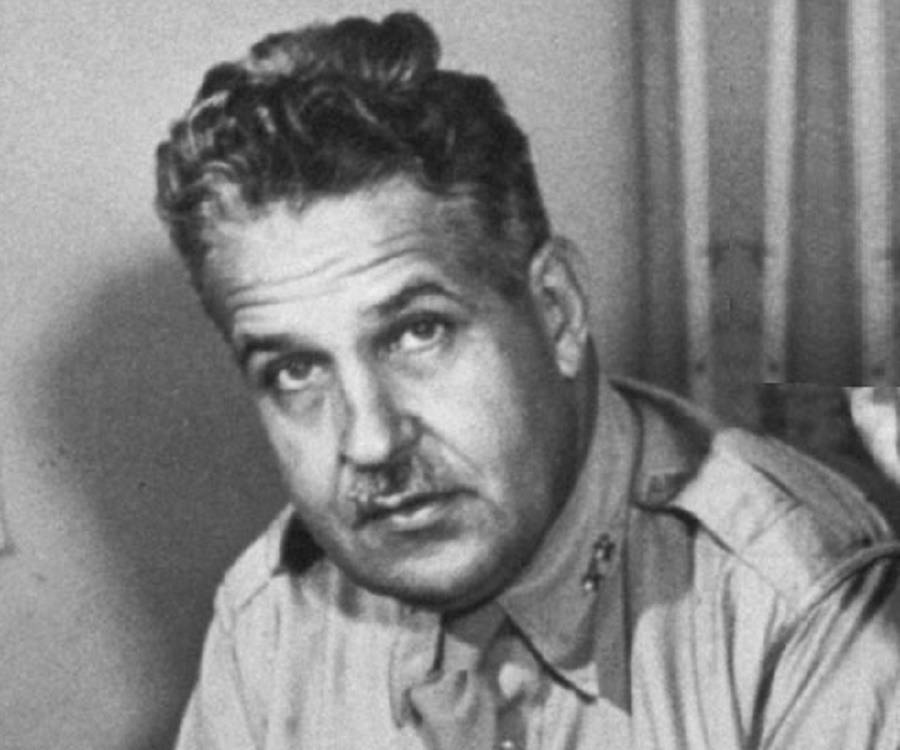
Leslie Groves Biography Facts, Childhood, Family Life & Achievements
Leslie Groves (1896-1970) was the officer in the United States Army Corps of Engineers who directed the Manhattan Project (atom bomb) during World War II. Leslie Richard Groves was born in Albany, New York, on August 17, 1896, the son of Leslie Richard Groves, a chaplain in the United States Army, and Gwen Griffith Groves. Given his father's.

Leslie R. Groves Photos and Premium High Res Pictures Getty Images
Gen. Leslie Groves was the leader of the Manhattan Project, the U.S. government's top-secret effort to build atomic weapons during World War II. Among other decisions, Groves helped select Los Alamos as the site for the clandestine lab and hired physicist J. Robert Oppenheimer as its first director. Starting a military career

Leslie R. Groves Photos and Premium High Res Pictures Getty Images
Leslie Richard Groves Jr. (17 August 1896 - 13 July 1970) was a United States Army Corps of Engineers officer who oversaw the construction of the Pentagon and directed the Manhattan Project, a top secret research project that developed the atomic bomb during World War II. The son of a U.S. Army chaplain, Groves lived at various Army posts during his childhood.

Lieutenant General Leslie R. Groves, Jr. The Campaign for the National Museum of the United
Groves' death came three years after the death of his former Manhattan Project colleague, J. Robert Oppenheimer (played by Cillian Murphy in the Nolan movie). Oppenheimer died on February 18, 1967, at the age of 62. His death came on the heels of a battle with throat cancer. Despite Oppenheimer's and Groves' deaths during the second half of.

Lieutenant General Leslie R. Groves, Jr. The Army Historical Foundation
On September 17, 1942, Colonel Leslie R. Groves was appointed Director of the Manhattan Engineer District, the secret project to build the world's first atomic bomb. As Project director, Groves oversaw all of the project's phases, including scientific, technical and process development; construction; security and military intelligence of enemy activities;…

General Leslie R. Groves General Leslie R. Groves, command… Flickr
Leslie Richard Groves, (born August 17, 1896, Albany, New York, U.S.—died July 13, 1970, Washington, D.C.), American army officer in charge of the Manhattan Engineer District (MED)—or, as it is commonly known, the Manhattan Project —which oversaw all aspects of scientific research, production, and security for the invention of the atomic.
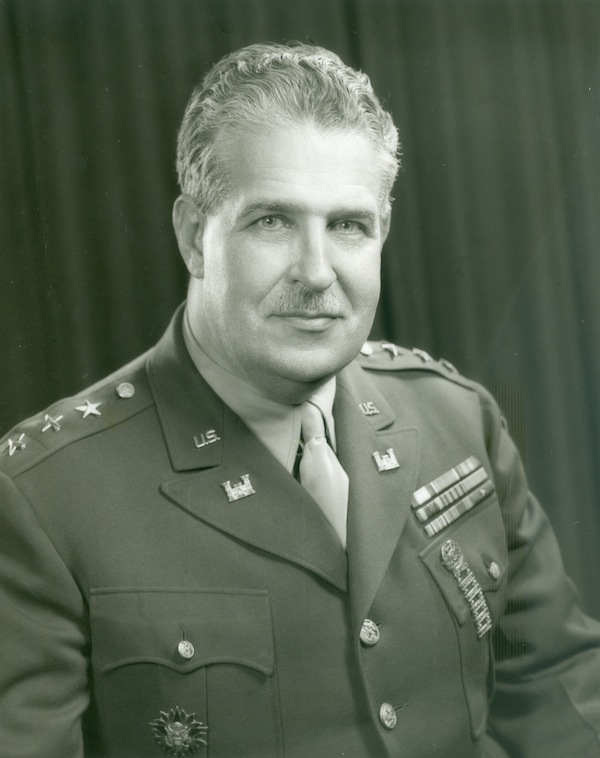
Lieutenant General Leslie R. Groves, U.S.AMarshall Foundation Library
Groves on Making the Bomb. In this account, General Leslie R. Groves describes the challenges of planning amid great uncertainty. In meetings at the University of Chicago in 1942, Groves was taken aback when leading scientists hedged their estimate of how much plutonium was needed for an atomic bomb by a "factor of ten.".